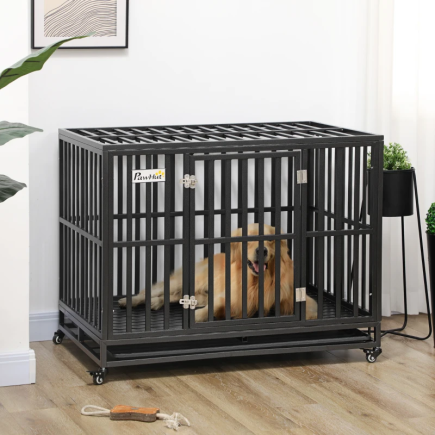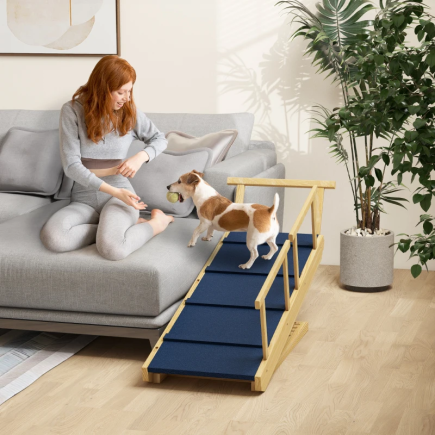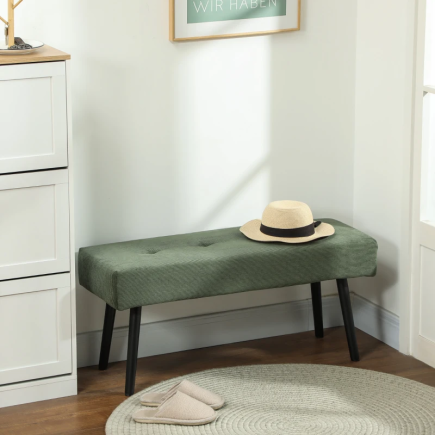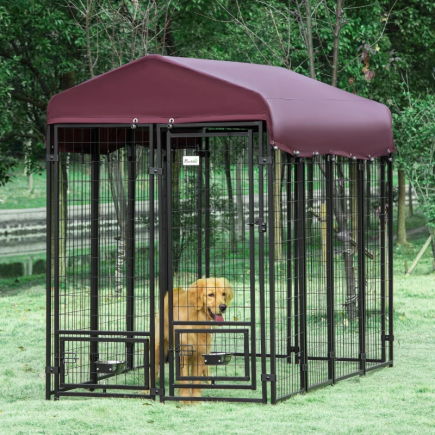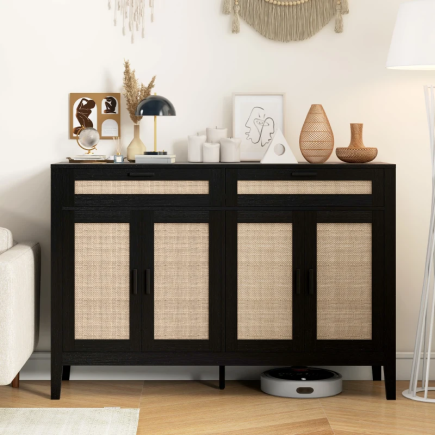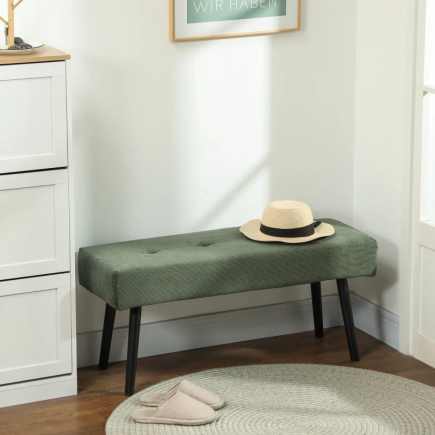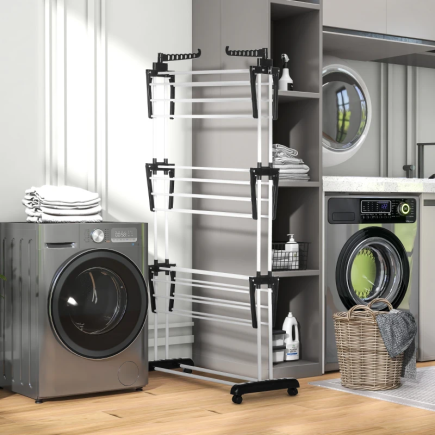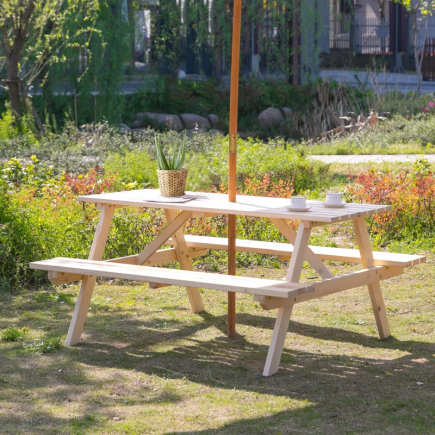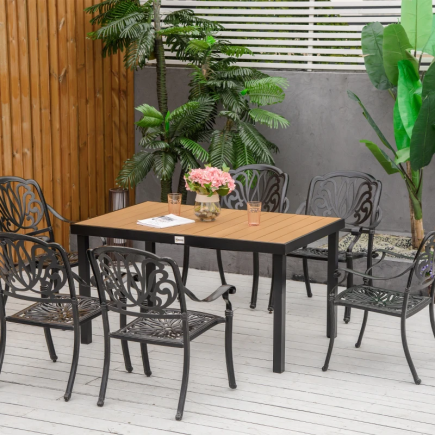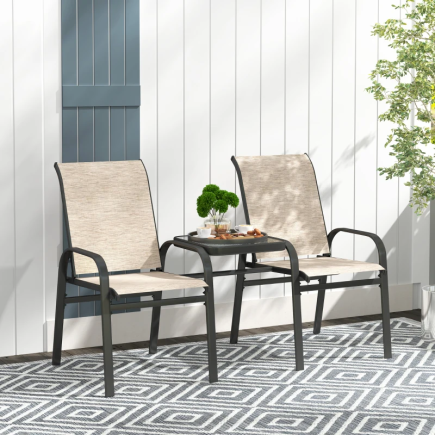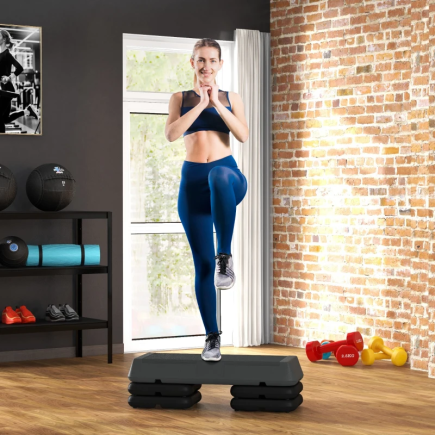Choosing the right wine fridge is essential for preserving the quality and flavor of your wine collection. Whether you’re storing a few bottles or managing a growing collection, the proper fridge can significantly impact the taste and aging process of your wines. With so many models available, it’s important to know exactly what features and specifications to look for.

This article will walk you through everything you need to consider when choosing a wine fridge, from size and temperature control to energy efficiency and design.
1. Choosing the Right Size and Capacity
The first step in selecting the right wine fridge is determining how much storage space you need. Wine fridges come in various sizes, and understanding your current collection and potential future growth will help you make the right choice.
Understanding Capacity and Bottle Sizes
Keep in mind that bottles vary in size, champagne and magnums take up more space than regular bottles. Choose a fridge that can accommodate different bottle types.
| Wine Fridge Type | Bottle Capacity | Best For |
| Compact | 6-12 bottles | Casual drinkers, small spaces |
| Medium-sized | 30-50 bottles | Wine enthusiasts, small collections |
| Large-sized | 100+ bottles | Serious collectors, long-term storage |

Plan for Future Growth
A wine collection tends to grow over time. Choose a fridge with slightly more capacity than needed to avoid overcrowding in the future.
2. Temperature Control
Temperature control is one of the most critical factors in preserving the quality of wine. Wines need stable temperatures to age properly. If the fridge temperature fluctuates too much, it can accelerate or hinder the aging process.
The Importance of Temperature Control for Different Wine Types
Different wines require different storage temperatures:
- Red wines: Best stored at 56°F-65°F (16°C-18°C)
- White wines: Best stored at 44°F-54°F (8°C-12°C)
- Sparkling wines: Require temperatures around 40°F-50°F (5°C-9°C)

Storing all wines at the same temperature isn’t ideal if you have a variety of wine types in your collection.
Choosing Between Single-Zone and Dual-Zone Wine Fridges
When selecting a wine fridge, you’ll need to decide between a single-zone or dual-zone model:
- Single-zone fridges maintain one temperature throughout, which works well if you store just one type of wine.

- Dual-zone fridges have two separate temperature compartments, each with its own control, making them ideal if you store both red and white wines or other wine varieties with different temperature needs.
| Fridge Type | Best For | Pros | Cons |
| Single-zone Fridge | One type of wine (e.g., reds) | Simpler design, larger storage | Less flexibility in wine types |
| Dual-zone Fridge | Mixed wine collection | Flexibility to store different wines | More complex, higher price |
3. Cooling Technology: Which One Works for You?
There are two main cooling technologies used in wine fridges: compressor-based cooling and thermoelectric cooling. Understanding the differences between these two will help you choose the best option for your needs.
Compressor-based Cooling
Compressor-based fridges are similar to traditional refrigerators. They offer powerful cooling and are better at maintaining stable temperatures for large collections or long-term storage. However, they tend to be louder due to the compressor’s operation.
Thermoelectric Cooling
Thermoelectric wine fridges use a heat pump to move heat from inside the fridge to the outside. They’re quieter and more energy-efficient than compressor models but are generally better suited for smaller collections or environments with stable temperatures.
4. Wine Preservation Features
In addition to temperature control, several features can enhance the preservation of your wine. These features are designed to protect wine from factors that could degrade its quality, such as light, humidity, and vibration.
UV Protection: Shielding Wine from Harmful Light
Exposure to UV light can degrade wine by causing chemical reactions that alter its flavor and aroma. Wine fridges with UV-resistant glass doors protect your collection from harmful light.

Humidity Control
Maintaining the right humidity level is essential for wine storage. Too low humidity can dry out corks, allowing air to seep into the bottle and spoil the wine. A wine fridge with built-in humidity control helps maintain the ideal 50-70% humidity range, keeping corks intact and preventing oxidation.
Vibration-free Cooling
Vibrations can disturb wine sediment, negatively affecting the aging process. Many wine fridges feature vibration-reduction technologies, such as quiet compressors and insulated structures, to reduce movement and ensure stable conditions.
Air Filtration
Air filtration helps maintain the freshness of wine by preventing unwanted odors and contaminants from entering the fridge. This feature is particularly beneficial for maintaining a clean and optimal storage environment.
5. Energy Efficiency
An energy-efficient wine fridge can save you money on electricity bills, especially if the fridge operates 24/7. When shopping for a wine fridge, consider energy ratings to help choose a more eco-friendly model.
How to Choose an Energy-efficient Wine Fridge
Look for wine fridges that are Energy Star-rated or have similar certifications. These models are designed to consume less energy while maintaining optimal cooling, helping you save on your long-term electricity costs.

Practical Tips to Keep Running Costs Low
- Position your wine fridge properly: Ensure that the fridge is placed in a cool area, away from heat sources like ovens or direct sunlight.
- Set the fridge to the optimal temperature: Avoid adjusting the temperature unnecessarily, as this can increase energy consumption.
- Ensure good ventilation: Make sure the fridge has enough space around it for proper airflow.
6. Design and Placement: Matching Your Space
Wine fridges come in different designs and sizes, so it’s important to choose one that fits your space and style. The fridge’s design will also impact its performance and convenience.
Freestanding vs. Built-in vs. Under-counter Models
- Freestanding wine fridges: These are portable and flexible, allowing you to place them anywhere in your home.
- Built-in wine fridges: These are integrated into cabinetry, offering a sleek, seamless look for kitchens or bars.
- Under-counter wine fridges: These fit under kitchen counters, saving space while providing adequate storage.
Choosing the Right Aesthetic
Wine fridges are available in various finishes, including stainless steel, black, and wood panel options. Choose a finish that complements your home’s décor, whether modern, traditional, or rustic.
Proper Placement for Optimal Performance
Ensure your wine fridge has adequate space around it for proper ventilation. Avoid placing it near heat sources or areas with high humidity, as these conditions can affect the fridge’s cooling performance.
7. Noise Levels: How to Choose a Quiet Wine Fridge
Noise can be a significant factor when placing your wine fridge in a living or dining area. Wine fridges with compressor-based cooling systems tend to be noisier than thermoelectric models.

What Noise Levels Are Ideal for Home Use?
Look for a wine fridge that operates under 40 dB, equivalent to a quiet conversation. Many newer models are designed with noise-reduction features, so check the product specifications or user reviews for noise levels before making a purchase.
8. User-Friendly Features: Convenience in Operation
Modern wine fridges come with user-friendly features that make them easier to operate and maintain.
Digital Displays and Touch Controls
Wine fridges with digital displays and touch controls allow you to adjust and monitor the temperature with precision. These features make it easier to maintain the ideal conditions for your wine.

Adjustable Shelving for Different Bottle Sizes
Look for models with adjustable shelving to accommodate various bottle shapes and sizes. This feature ensures that your wine is stored efficiently and can easily be accessed.

Smart Connectivity: Remote Monitoring and Control
Some high-end models come with smart features, allowing you to monitor and adjust the temperature remotely via an app. This feature is useful if you’re often away from home or want to keep a close eye on your collection.
9. Price Range and Value for Money
Setting Your Budget
Wine fridges range in price, from budget-friendly models to high-end units. Consider your needs and balance the price with the features you require.
Consider Warranties and After-Sales Support
Check for a solid warranty (ideally 1-2 years) and good customer service from the manufacturer.
Choosing the right Wine Fridge is key to preserving the quality and flavor of your collection. Whether you’re a casual drinker with a small collection or a serious enthusiast with a growing stash, selecting a fridge that suits your needs will keep your wine at its best for years to come..
FAQs
1. What is the difference between a wine cooler and a wine fridge?
A wine cooler is meant for short-term storage and chilling wines to serving temperature. A wine fridge offers a wider temperature range for both short- and long-term wine storage.
2. What is the life expectancy of a wine cooler?
A well-maintained wine cooler typically lasts 10 to 15 years. Choosing a trusted brand, cleaning it regularly, and keeping the vents clear can help extend its lifespan.
3. Are wine fridges good for long-term storage?
Yes, but only if they’re designed for it. Wine fridges made for long-term storage offer stable temperature and humidity, key factors in preserving wine quality over the years. Basic models are better suited for short-term use.
4. Can I store open wine bottles in a wine fridge?
Yes, but it’s best to use a wine stopper or vacuum sealer to preserve freshness. Store the bottle upright to prevent leaks and reduce oxidation.
5. Is it okay to keep other beverages or snacks in a wine fridge?
Yes, but only if you have extra space and the items can tolerate the set temperature. Keep in mind that opening the door frequently can affect wine stability.

